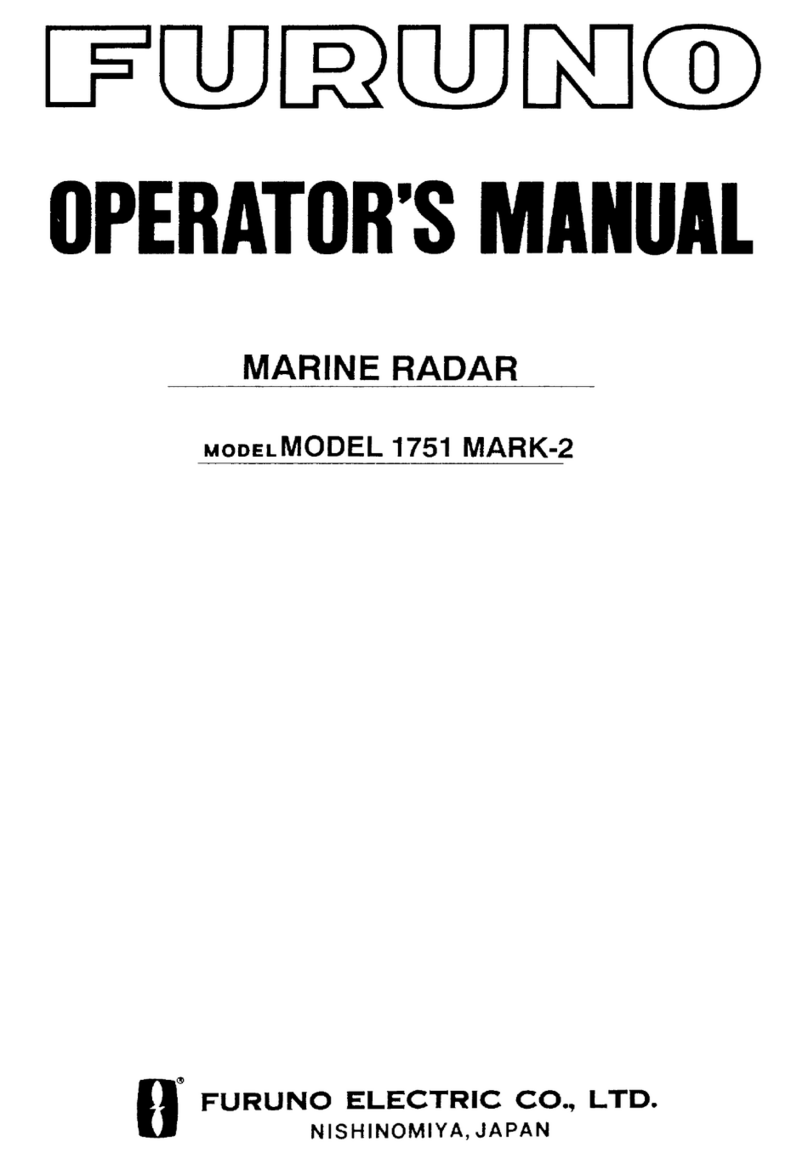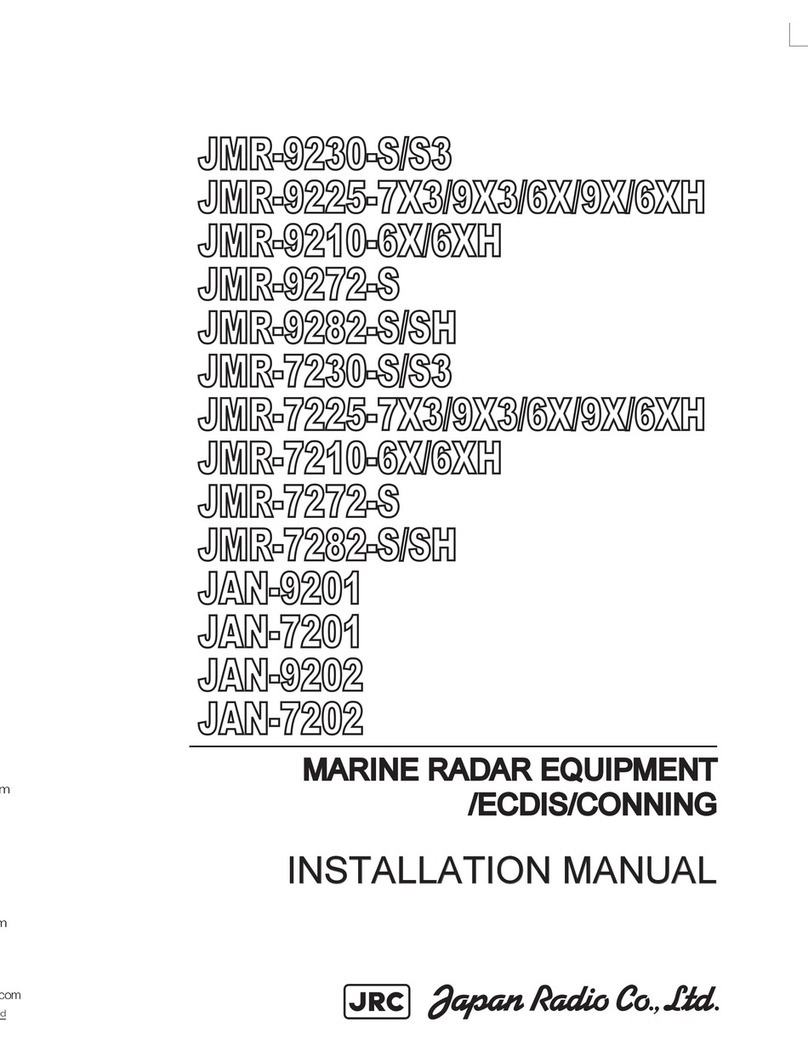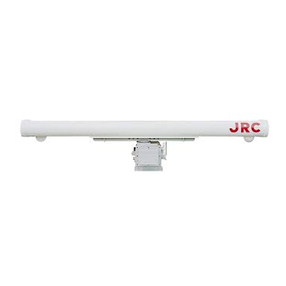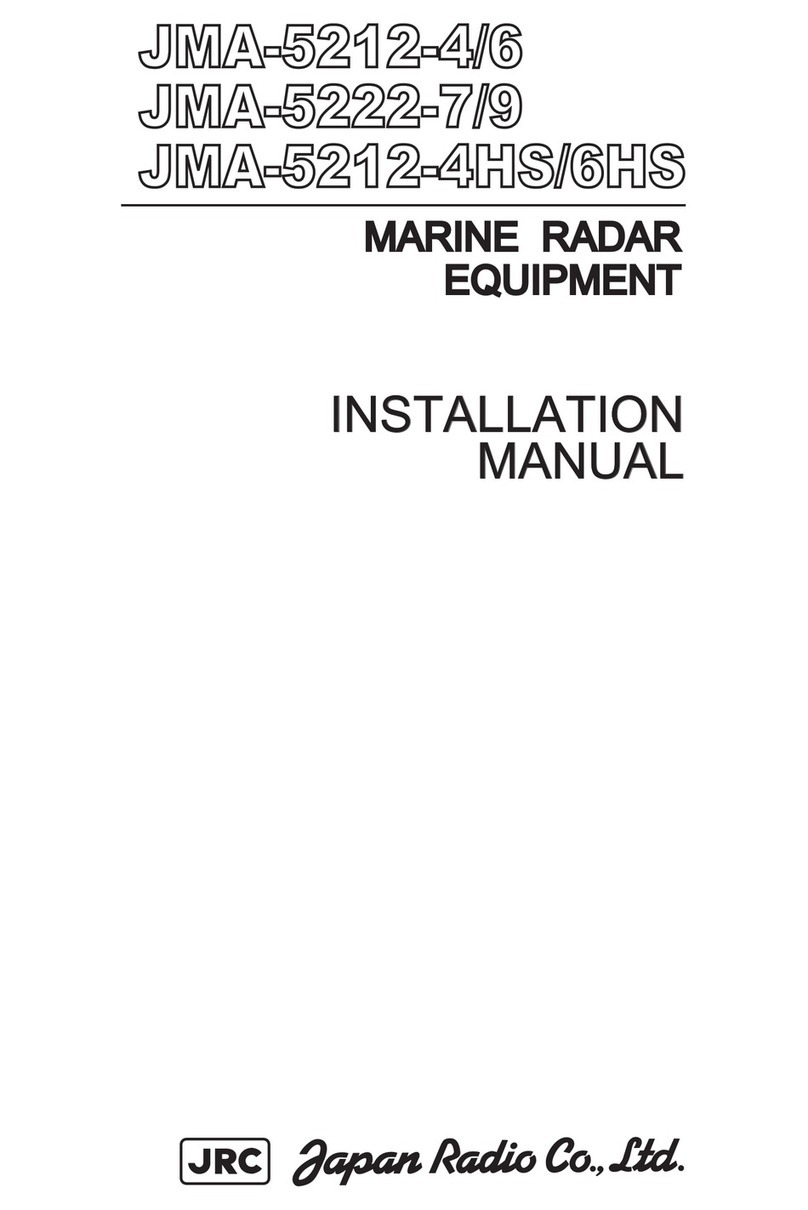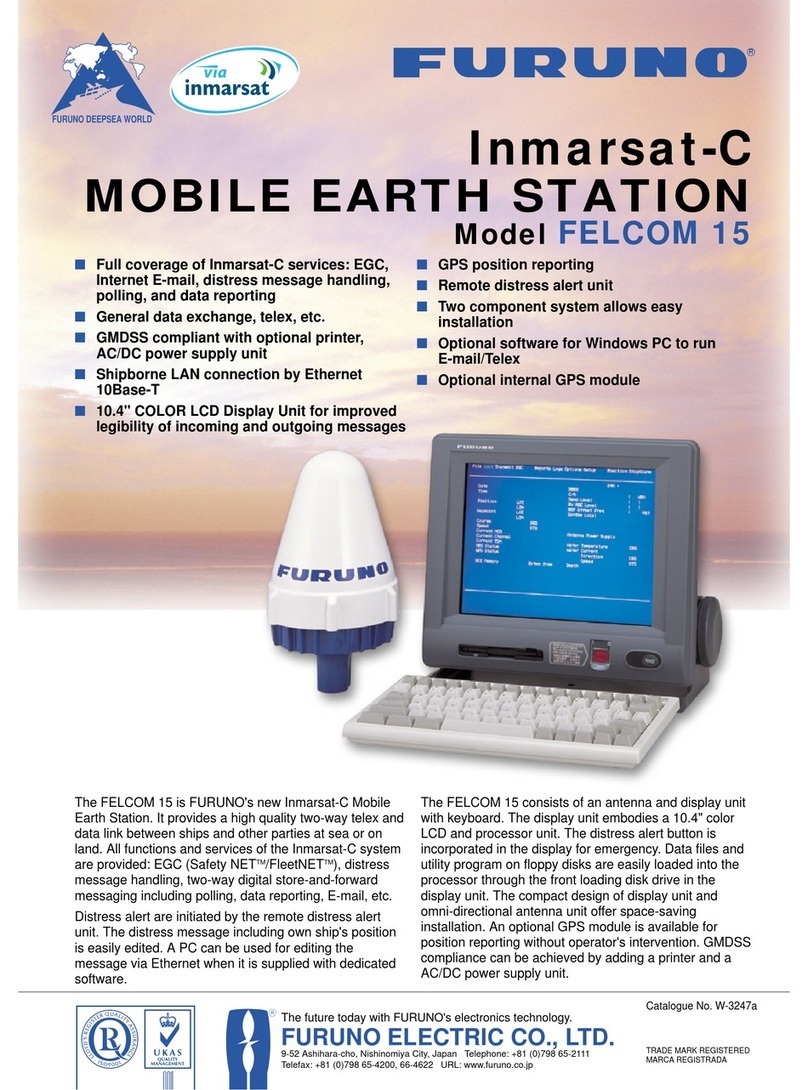TSAT 3500 User manual

Product: U3510A Revision: 02P
September 2020
TSAT - Telemetry and data transfer via SATellite
TSAT 3500 User Guide
HUB Station and Remote Terminal
Installation, Operation and Maintenance
Guide

TSAT 3500 - Telemetry and data transfer via SATellite
Installation, Operation and Maintenance Guide, September 2020 Page 2 of 40
Document Status
Product description: HUB Station and Remote Terminal Installation Operation and
Maintenance Guide
Revision
Date
Reason for change
Archive
1
10.08.2020
First Revision
U3510A01
2
17.09.2020
Minor updates: Ch 7: Interfaces
U3510A02
Approved
SHA
Date
17.09.2020
Checked
CBE
Date
17.09.2020
Further information about TSAT 2000/2100/2150/3000/3500 can be obtained from:
TSAT AS
Martin Linges vei 25
N-1364 FORNEBU
NORWAY
Telephone: +47 66 77 44 40
TSAT AS makes no warranty of any kind with regard to this material, including, but not limited to, the implied warranties of
merchantability and fitness for a particular purpose. TSAT AS assumes no responsibility for any errors that may appear in
this document. TSAT AS makes no commitment to update nor to keep current the information contained in this document.
Specifications and procedures may change at any time without notice. No part of this document may be copied or
reproduced in any form or by any means without prior written consent of TSAT AS.
Brand names used in this document are the property of their respective owners. Company and product names are
trademarks or registered trademarks of their respective companies.
Copyright ©2020, TSAT AS. All rights reserved.

TSAT 3500 - Telemetry and data transfer via SATellite
Installation, Operation and Maintenance Guide, September 2020 Page 3 of 40
Documentation Comment Form
TSAT AS encourages you to comment on the documentation supplied with our products. This
information helps us to provide quality products to meet your needs.
Edition Date: September 2020
Product: U3510A, revision 02
Please comment on the correctness, completeness, clarity, organisation and usefulness of the
manual.
________________________________________________________________________
________________________________________________________________________
________________________________________________________________________
________________________________________________________________________
________________________________________________________________________
If you find errors in the manual, please record the page numbers and describe the errors.
________________________________________________________________________
________________________________________________________________________
________________________________________________________________________
________________________________________________________________________
________________________________________________________________________
Thank you for your help.
Name___________________________________________________________________
Title_____________________________________________________________________
Company_________________________________________________________________
Address__________________________________________________________________
________________________________________________________________________
Phone (________)________________________________________________________
Mail to TSAT AS, Martin Linges vei 25, 1364 FORNEBU

TSAT 3500 - Telemetry and data transfer via SATellite
Installation, Operation and Maintenance Guide, September 2020 Page 4 of 40
Protective Grounding
Protective grounding –here shown for rack-mount version.
M4 SCREW:
PROTECTIVE
GROUNDING

TSAT 3500 - Telemetry and data transfer via SATellite
Installation, Operation and Maintenance Guide, September 2020 Page 5 of 40
Table of Contents
1INTRODUCTION......................................................................................................................................... 7
1.1 SCOPE.......................................................................................................................................................... 7
1.2 TSAT 3500 SYSTEM INTRODUCTION .......................................................................................................... 7
2HUB STATION AND REMOTE TERMINAL SITE REQUIREMENTS .............................................. 9
2.1 INTRODUCTION............................................................................................................................................ 9
2.2 ANTENNA SITE REQUIREMENTS................................................................................................................... 9
2.2.1 Site elevation and azimuth angles .......................................................................................................... 9
2.2.2 Signal path obstruction .......................................................................................................................... 9
2.3 ANTENNA MOUNT REQUIREMENTS............................................................................................................ 10
2.4 ANTENNA MOUNT METHODS ..................................................................................................................... 10
2.4.1 Pole mount ........................................................................................................................................... 10
2.4.2 Wall mount / Ground mount................................................................................................................. 10
2.5 CABLE REQUIREMENTS.............................................................................................................................. 11
2.5.1 Data cable requirements ...................................................................................................................... 11
2.5.2 BUC/LNB cable requirements TSAT 3500........................................................................................... 11
2.5.3 DC Power cables.................................................................................................................................. 11
3HUB STATION INSTALLATION ........................................................................................................... 12
3.1 INTRODUCTION.......................................................................................................................................... 12
3.2 ANTENNA UNIT ASSEMBLY ........................................................................................................................ 13
3.3 ANTENNA POINTING .................................................................................................................................. 13
3.3.1 Introduction.......................................................................................................................................... 13
3.3.2 Antenna pointing procedure................................................................................................................. 14
3.4 RF FRONT END MOUNTING ....................................................................................................................... 15
3.4.1 RF Front End assembly........................................................................................................................ 15
3.4.2 RF Front End rotation adjustment ....................................................................................................... 16
3.5 MAIN UNIT MOUNTING ............................................................................................................................. 19
3.6 PROTECTIVE GROUNDING .......................................................................................................................... 19
3.7 SUPERVISORY TERMINAL INSTALLATION .................................................................................................. 19
3.8 HUB STATION MODULES INTERCONNECTION ON TSAT 3500 .................................................................. 20
4REMOTE TERMINAL INSTALLATION .............................................................................................. 21
4.1 INTRODUCTION.......................................................................................................................................... 21
4.2 ANTENNA UNIT ASSEMBLY ....................................................................................................................... 22
4.3 ANTENNA POINTING .................................................................................................................................. 22
4.4 RF FRONT END MOUNTING ....................................................................................................................... 22
4.5 MAIN UNIT MOUNTING ............................................................................................................................. 22
4.6 REMOTE TERMINAL MODULES INTERCONNECTION TSAT 3500 ................................................................ 23
4.7 PROTECTIVE GROUNDING .......................................................................................................................... 23
5HUB STATION OPERATION .................................................................................................................. 24
5.1 PRE-OPERATIONAL REQUIREMENTS........................................................................................................... 24
5.2 MAIN UNIT CONFIGURATION ..................................................................................................................... 24
5.3 SUPERVISORY TERMINAL CONFIGURATION ............................................................................................... 24
5.4 HUB STATION POWER-UP ......................................................................................................................... 24
5.5 CIRCUIT-SWITCHED PROTOCOL OPERATION............................................................................................... 25
5.6 LAN (TCP/IP) OPERATION........................................................................................................................ 25
5.7 SUPERVISORY TERMINAL OPERATION....................................................................................................... 25
5.7.1 Introduction.......................................................................................................................................... 25
5.7.2 Network Status monitoring................................................................................................................... 25
5.7.3 Logging of statistical data.................................................................................................................... 25
5.8 ADDING NEW REMOTE TERMINALS ........................................................................................................... 25
5.9 REMOVING REMOTE TERMINALS FROM THE NETWORK ............................................................................. 25
Table of contents
